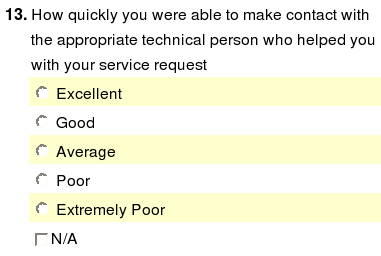It was busy in June and July over at $WORK, so I didn’t get a chance to write any entries here. Some of the work I’ve been doing include turning off all legacy servers (among the legacy servers are only 2 FreeBSD boxes and a handful of HP/UX dinosaurs, but the rest of the production environment is SUSE Linux Enterprise), shepherding the BlueArc storage upgrade through (a huge pallet containing disks, controllers, disk shelves, and a replacement Fibre Channel switch arrived last week), and, of course, planning our upgrade to a modern Apache/Java environment. This will consist of Apache 2.x with a Tomcat 5.5 back end — a far cry from our current Apache 1.x and Tomcat 3.x setup.
One of the major challenges is getting Tomcat 5.5 running on SLES 9 under a Java 1.5.x virtual machine. Actually, it’s not so much the “running” part — I’m sure that since it’s Java, it would just run if I did the old tar zxvf tomcat-5.5.tar.gz && make && make install dance. But we’re after sensible package management here, and that means trying to make SLES 9 behave the standard way. SLES 9 is missing a lot of the “standard” tools that folks use to manage Java apps; it has no jpackage-utils built-in, it doesn’t use the alternatives system, and it can’t talk to Yum repositories out of the box. The work instructions I developed here hack up the base OS a bit to bolt on these tools, but ultimately do the job.
The long-term solution, of course, is to move to either SLES 10 or RedHat Enterprise Linux 5. SLES 10 ships Tomcat 5.0.x out of the box (just like SLES 9) so on the surface, it doesn’t seem like much of an improvement. But they have moved to the alternatives system; jpackage-utils is bundled with the base system, and ZMD (for what it’s worth) will talk to Yum repositories. (Of course, that’s in theory: in practice, as with many Novell tools, it’s broken.) RHEL 5 seems like the obvious answer, since it ships Tomcat 5.5 right out of the box.
Anyway, that’s a bit of a digression. Here are my directions for getting Tomcat 5.5 installed and properly package-managed on SLES 9 with JPackage. Continue reading
